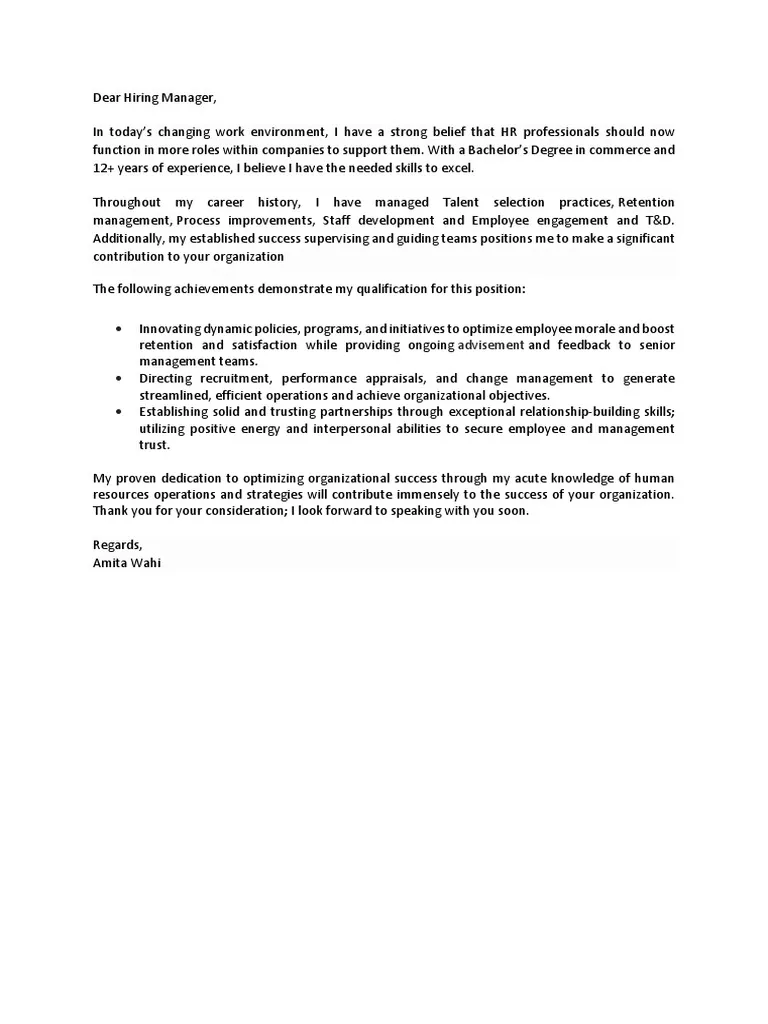What is a Cover Letter (And Why You Need One)
A cover letter is a crucial document that accompanies your resume when applying for a job. It serves as an introduction, allowing you to highlight your relevant skills, experience, and qualifications in a more personalized way than a resume alone. It provides an opportunity to explain why you are the ideal candidate for the specific position. A well-crafted cover letter is often the deciding factor in whether or not a hiring manager will even bother to look at your resume, making it an indispensable tool in your job search arsenal. Think of it as your first impression in writing, the document that sets the stage for your application and showcases your personality and communication skills.
Essential Elements of a Cover Letter
A compelling cover letter includes several key elements that work together to present you as a strong candidate. Understanding these elements is critical to creating a document that stands out from the competition. By including the proper information and formatting your letter correctly, you can capture the attention of hiring managers and make a great first impression. Each component serves a specific purpose, contributing to the overall effectiveness of your application and increasing your chances of getting an interview. It’s important to tailor each element to the specific job and company you are applying for.
Your Contact Information
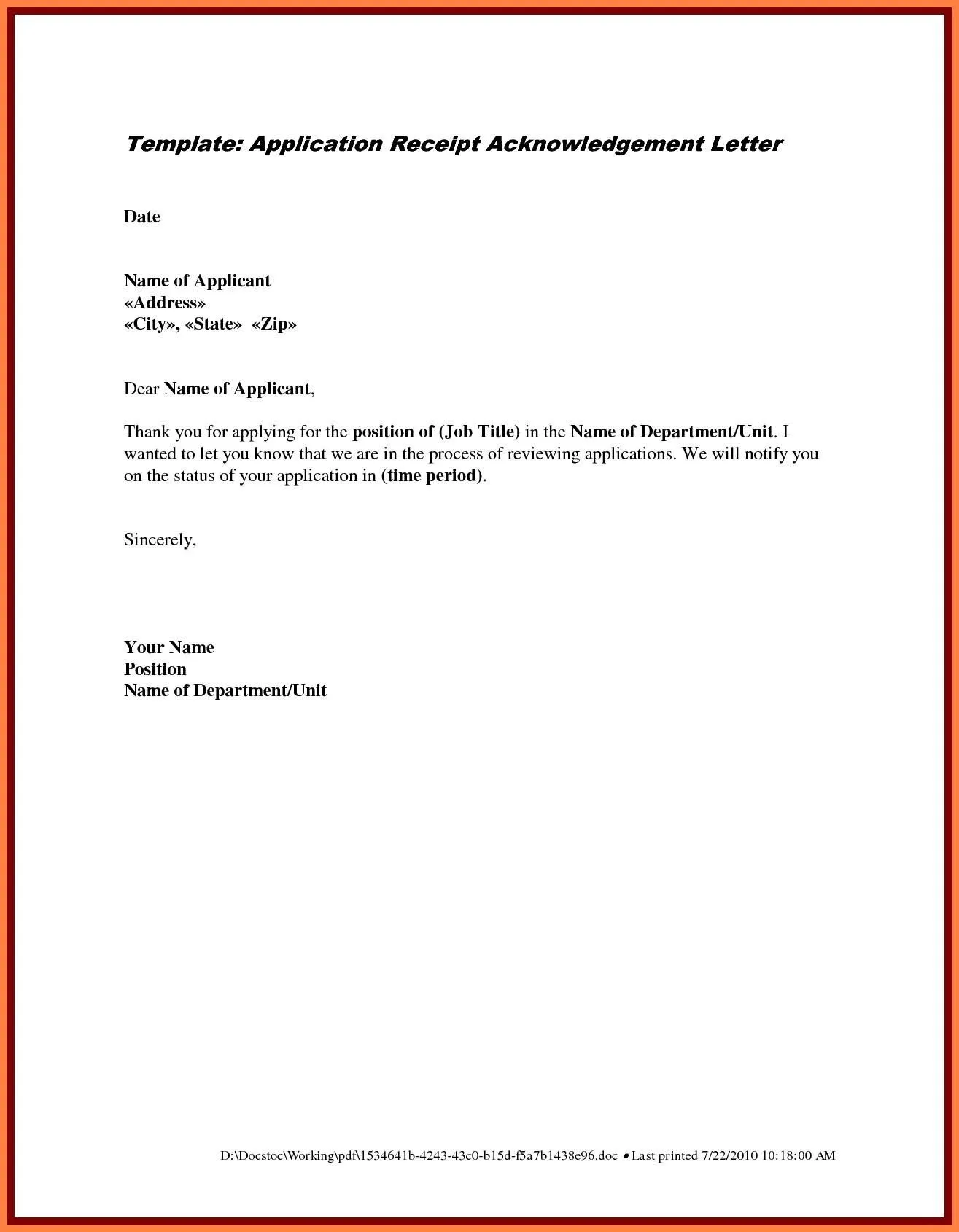
At the very top of your cover letter, start with your contact details. This should include your full name, phone number, email address, and optionally, your LinkedIn profile URL or personal website. This information ensures that the hiring manager can easily reach you if they are interested in scheduling an interview. Make sure that the contact information is accurate and up-to-date. It’s best to use a professional-sounding email address and a phone number where you can be easily reached during business hours. Consistency between your cover letter and resume is also important.
Date
Below your contact information, include the date you are sending the cover letter. This helps the employer know when you applied for the position. The date should be formatted appropriately, usually in a standard format such as Month Day, Year (e.g., January 1, 2024). It provides a quick reference for the employer and can be helpful in organizing applications. Be sure to update the date for each application to reflect the current date.
Recipient’s Information
Next, include the recipient’s information. This usually consists of the hiring manager’s name, their job title, the company’s name, and the company’s address. If you can’t find the name of the hiring manager, try to find it on LinkedIn or the company website. Addressing the cover letter to a specific person increases your chances of catching the reader’s attention, as it shows that you took the time to research the company. If you are unable to find a name, it’s acceptable to use a general title like ‘Hiring Manager’.
Salutation (Greeting)
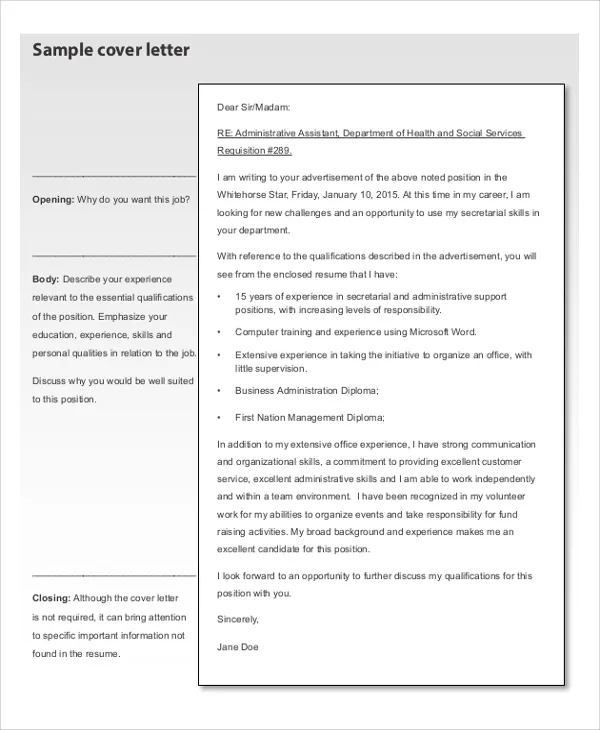
Begin your cover letter with a professional salutation. Using the hiring manager’s name, such as ‘Dear Mr./Ms. [Last Name],’ is the best option. If you don’t know the hiring manager’s name, use a general greeting like ‘Dear Hiring Manager’ or ‘Dear [Department Name] Team.’ Avoid generic greetings like ‘To Whom It May Concern’ as they may appear impersonal. The salutation sets the tone for your letter, so it should be polite and professional.
The Body of Your Cover Letter
The body of your cover letter is the most critical part, where you make your case for why you are the best fit for the job. It’s composed of several paragraphs, each serving a specific purpose. The body should be concise, engaging, and tailored to the specific job requirements. Use a clear and organized structure to effectively communicate your skills and qualifications. Make sure to show enthusiasm for the company and the role, and explain how your experience aligns with their needs. This part of your letter should highlight what you can do for the company.
First Paragraph Introduce Yourself
Start the first paragraph by stating the position you are applying for and where you saw the job posting. Mention the company and briefly explain why you are interested in working there. The introductory paragraph should capture the reader’s attention and encourage them to continue reading. Briefly touch upon your relevant experience or skills to give a glimpse of what you have to offer. Make sure your introduction is concise and clearly states your intent.
Second Paragraph Highlight Your Skills and Experience

In the second paragraph, delve into your relevant skills and experience. Provide specific examples of how you’ve demonstrated these skills in previous roles. Align your qualifications with the job requirements outlined in the job description. Quantify your achievements whenever possible. Using numbers to showcase your accomplishments makes your claims more credible and impactful. Explain how your skills and experience make you a valuable asset to the company. Focus on what you have to offer, and show how your past success relates to the needs of the role you are applying for.
Third Paragraph Demonstrate Your Enthusiasm
In the third paragraph, express your enthusiasm for the company and the specific role. Explain why you are interested in the company’s mission, values, or products. Discuss why this particular job aligns with your career goals. Show that you have done your research and understand the company’s needs and the role’s responsibilities. Your passion for the job and company can be the deciding factor in making you stand out. Show the hiring manager that you are genuinely interested in the opportunity.
Call to Action
End your cover letter with a strong call to action. This is where you politely request an interview. Express your eagerness to discuss your qualifications further and thank the hiring manager for their time and consideration. Make it clear that you are available for an interview and provide your contact information again. This shows your enthusiasm and initiative, encouraging the employer to move forward with your application. A clear call to action makes it easy for the hiring manager to take the next step.
Closing
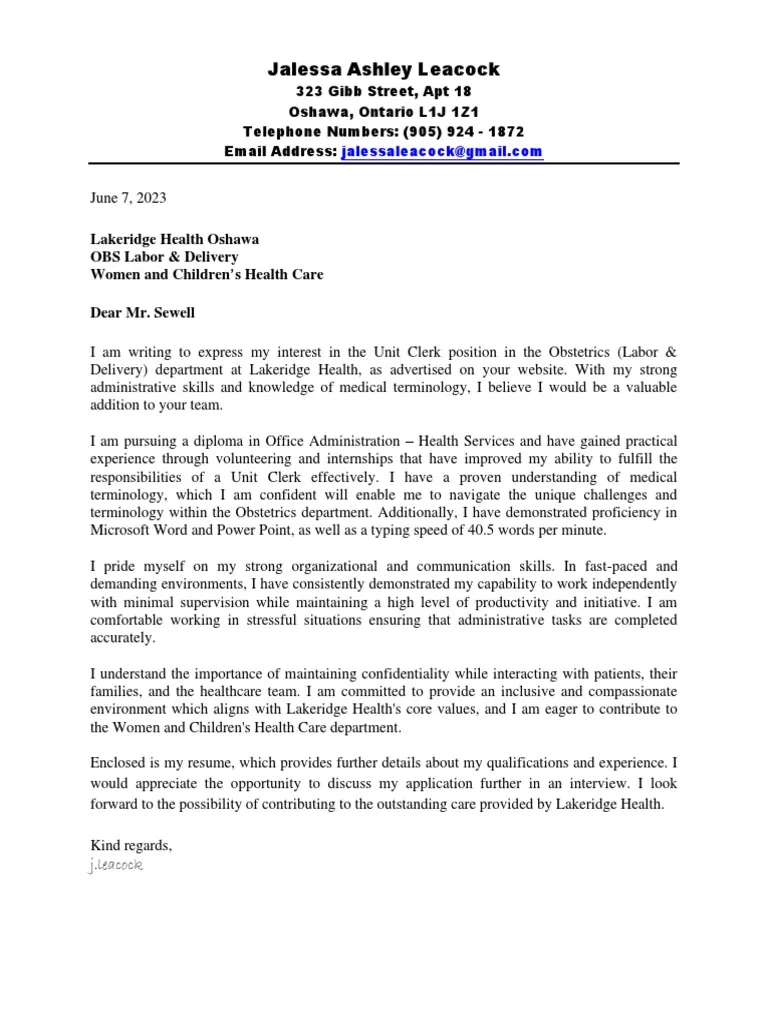
Close your cover letter with a professional closing, such as ‘Sincerely,’ ‘Best regards,’ or ‘Respectfully.’ Make sure your closing matches the tone of your letter. After the closing, leave a few spaces and type your full name. If you are sending a physical copy, leave space for your signature above your typed name. This adds a final touch of professionalism to your cover letter, showing that you’ve paid attention to every detail.
Formatting and Style Tips
The formatting and style of your cover letter are as important as the content. A well-formatted cover letter is easy to read and demonstrates your attention to detail. Pay attention to the layout, font, and spacing. Properly formatted cover letters are more likely to be read by hiring managers. A clean and organized format makes a positive first impression, increasing the chances of your application getting noticed. Here are some tips to make sure you create a professional-looking document.
Font Choice
Choose a professional and easy-to-read font, such as Times New Roman, Arial, Calibri, or Helvetica. Keep the font size between 10 and 12 points. Avoid using unusual or overly decorative fonts, as they can make your letter difficult to read. Make sure the font is consistent throughout the entire document. Using a standard font projects a sense of professionalism and clarity, which is essential for a cover letter. A clean font choice helps the reader focus on the content of your letter.
Margins and Spacing
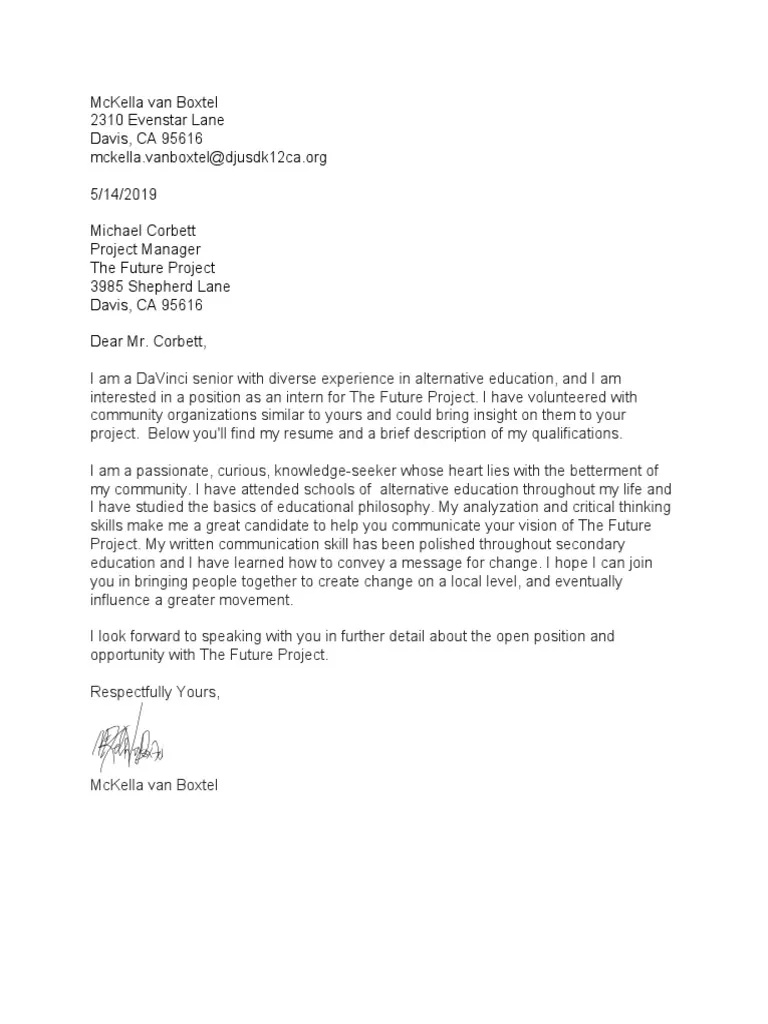
Use standard margins of 1 inch on all sides. Single-space the body of your letter, and use a double space between paragraphs. Proper spacing makes your cover letter visually appealing and easier to read. It helps the reader to digest the information efficiently. Avoid overcrowding your text. Ensure that the spacing is consistent throughout your letter for a polished appearance. Proper margins and spacing contribute to a professional look.
Proofreading and Editing
Before submitting your cover letter, thoroughly proofread and edit it for any errors in grammar, spelling, and punctuation. Read your letter aloud to catch any awkward phrasing or unclear sentences. Ask a friend or family member to review your cover letter for a second opinion. Errors can damage your credibility and make you appear unprofessional. Proper proofreading shows your attention to detail and commitment to excellence. A polished cover letter reflects your care and attention to detail.
Cover Letter Examples (For Different Industries)
Cover letters should be tailored to the specific industry and job you are applying for. A general cover letter won’t always resonate with the hiring manager. It’s beneficial to review samples specific to your field to get an idea of how to best highlight your skills and experience. Different industries have different norms, so tailoring your cover letter to the specific field will help you stand out. Researching your industry’s standard for cover letters can significantly improve your chances of success. Customize your cover letter to showcase the right skills and qualifications for the job.
Entry-Level Cover Letter
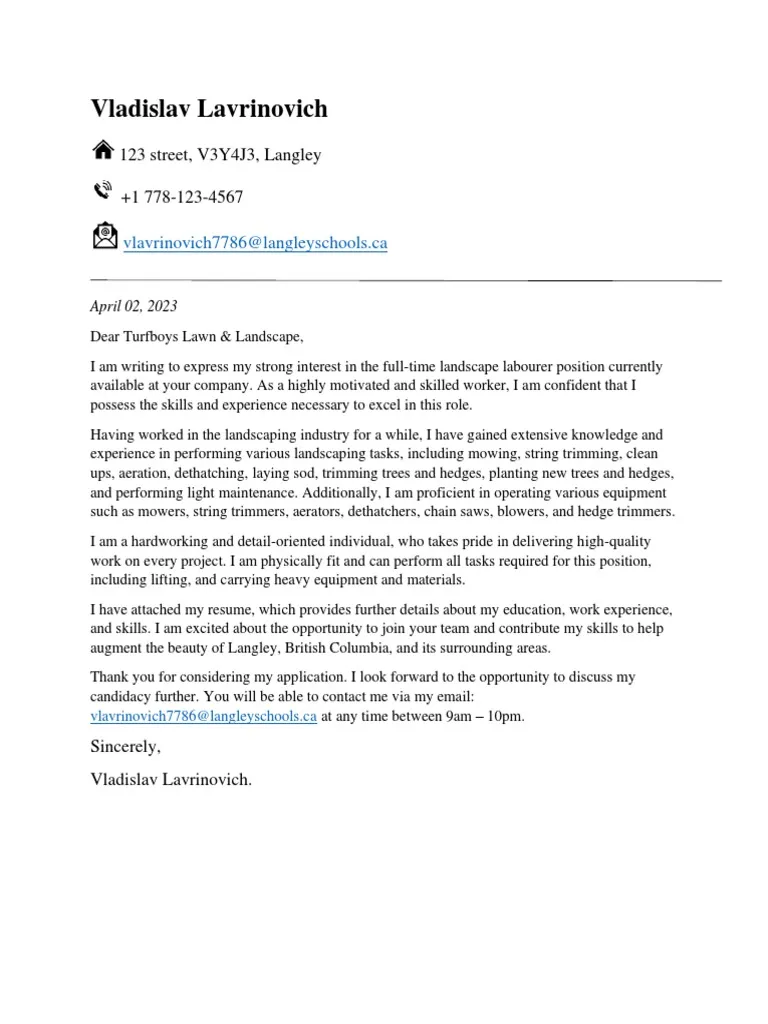
Entry-level cover letters should emphasize your education, any relevant internships or volunteer experience, and transferable skills. Since you might not have extensive work experience, focus on your academic achievements, projects, and any extracurricular activities that demonstrate your skills. Show your enthusiasm and eagerness to learn and contribute. Highlight your potential and willingness to take on new challenges. An entry-level cover letter needs to show why you are a good fit even with limited experience.
Experienced Professional Cover Letter
For experienced professionals, your cover letter should highlight your accomplishments and how you’ve contributed to the success of previous employers. Quantify your achievements whenever possible. Showcase your leadership skills, expertise, and any significant projects you’ve managed. Provide specific examples of your successes and demonstrate how your skills align with the job requirements. Tailor your cover letter to the specific requirements of each role to ensure you highlight the most relevant experience. Focus on how your experience can benefit the company and what you can bring to the role.
Cover Letter for Specific Job
When writing a cover letter for a specific job, carefully review the job description and address the required skills and qualifications. Use keywords from the job posting throughout your letter. Customize your letter to show that you understand the company’s needs and the role’s responsibilities. Explain why you are the ideal candidate for the position. Highlight how your skills, experience, and achievements match the job requirements. Show the employer that you have taken the time to thoroughly research the position and company.
Cover Letter for PDF Resume
When submitting a cover letter with your resume, ensure both documents are in PDF format to maintain formatting. The PDF format ensures that your cover letter looks the same no matter which computer or operating system the hiring manager uses. This will help to ensure that your cover letter and resume are viewed as intended. Always double-check that your cover letter is included as an attachment in your email. Label your files clearly with your name and the job title to help the hiring manager easily identify your application.
Cover Letter Tips and Tricks
Writing an effective cover letter involves more than just listing your skills and experience. There are several strategies you can use to make your cover letter stand out. These tips and tricks can make a significant difference in how your application is received. Incorporating these strategies can help you grab the hiring manager’s attention and increase your chances of landing an interview. Consider your audience and the specific requirements of the job you are applying for.
Tailoring Your Cover Letter
Always tailor your cover letter to each job you apply for. Do not send a generic cover letter. Review the job description and customize your letter to align with the specific requirements and keywords. Show that you understand the company’s needs and how your skills and experience can benefit them. Tailoring your letter to each job demonstrates your interest and attention to detail. Customize your letter to highlight what is most important to the hiring manager. A tailored cover letter proves you care enough to make a good impression.
Keywords Usage
Incorporate keywords from the job description into your cover letter. Review the job posting for key skills and qualifications the employer is seeking. Use these keywords naturally throughout your letter to show that you meet the job requirements. This helps your application get noticed by applicant tracking systems (ATS). Using keywords demonstrates that you understand the job requirements and possess the skills necessary to excel. This increases the visibility of your application.
Common Cover Letter Mistakes to Avoid
There are many common mistakes that can undermine your cover letter and reduce your chances of getting an interview. Avoid these pitfalls to create a strong and compelling document. Taking the time to correct these issues will make your cover letter much more effective. Identifying and correcting these mistakes can help you improve your chances of success. Awareness of these common errors is the first step to avoiding them.
Avoid Being Generic
Avoid sending generic cover letters. Customize each cover letter to the specific job and company. Generic letters fail to showcase your unique qualifications and interest in the role. Tailor your letter to the specific requirements and show that you have done your research on the company. Be specific about why you are interested in the company and the role. Generic cover letters rarely make a positive impression.
Do Not Repeat Your Resume
Do not simply repeat information from your resume. Use the cover letter to expand on your qualifications and provide context. Your cover letter should complement your resume by elaborating on your skills and achievements. Use the cover letter to highlight specific examples and demonstrate how your skills and experience align with the job requirements. The goal of your cover letter should be to illustrate your value as a candidate, offering a deeper understanding of your skills.
Avoid Typos and Errors
Typos, grammatical errors, and spelling mistakes can severely damage your credibility. Always proofread and edit your cover letter carefully before submitting. Have someone else review your cover letter to catch any errors you might have missed. Errors give the impression that you lack attention to detail. Ensuring your cover letter is error-free projects professionalism and care. Always check your cover letter one last time before sending it.
Sending Your Cover Letter
Properly sending your cover letter is just as important as writing it. Following the correct procedures will ensure that your application arrives safely and is viewed as intended. The method of sending your cover letter can influence how the hiring manager perceives your application. Always follow the instructions provided in the job posting. By following these guidelines, you can increase your chances of a favorable outcome.
Saving as PDF
Save your cover letter as a PDF file before sending it. This ensures that your formatting remains consistent, regardless of the recipient’s operating system or software. PDF files maintain the layout and design of your cover letter. Always verify that the PDF file opens and displays correctly on different devices. Saving your cover letter as a PDF enhances its professionalism. The PDF format guarantees the best possible display of your cover letter.
Emailing Your Cover Letter
When emailing your cover letter, include a brief, professional subject line. The subject line should mention the job title and your name. Attach both your cover letter and resume to the email. In the body of your email, include a short greeting and mention the documents you have attached. It is best to reiterate your interest in the position. Always check for any specific instructions in the job posting. Sending your cover letter properly is vital for a positive first impression.
Cover Letter FAQs
It’s common to have questions about cover letters. Below are answers to some frequently asked questions that may help you. These cover letter FAQs should address the most common concerns. Understanding these FAQs will aid you in creating a great cover letter. You can resolve many of your concerns regarding cover letters with these answers.
How long should a cover letter be?
A cover letter should typically be one page long. The body of the letter should be concise and to the point. Use clear and direct language to convey your skills and experience. Ensure your letter is easy to read and avoids being overly verbose.
Should I use the same cover letter for every job?
No, you should not use the same cover letter for every job. Each cover letter should be tailored to the specific job and company. Customize your letter to address the requirements of the job and highlight the skills and experience that are most relevant. Customization will make your application stand out.
What should I do if I don’t know the hiring manager’s name?
If you don’t know the hiring manager’s name, you can use a general greeting such as ‘Dear Hiring Manager’ or ‘Dear [Department Name] Team.’ Try to find the name on the company website or LinkedIn if possible. Addressing the cover letter to a specific person is always preferable.
What if the job posting doesn’t ask for a cover letter?
Even if the job posting doesn’t explicitly ask for a cover letter, it’s often a good idea to include one. It allows you to introduce yourself and highlight your qualifications in a more personalized manner. It gives you the opportunity to provide context. If the posting doesn’t ask for one, it’s still beneficial.
Can I use a cover letter template?
Yes, using a cover letter template can be helpful, but make sure to customize it to match the specific job and your qualifications. Adapt the template to reflect your skills and tailor it to the job requirements. Templates provide a good starting point. However, ensure that your cover letter is unique.
